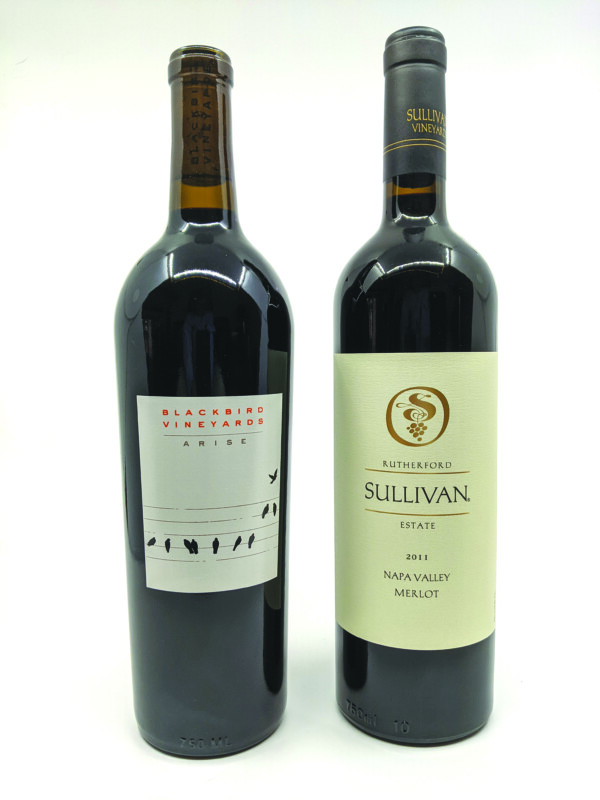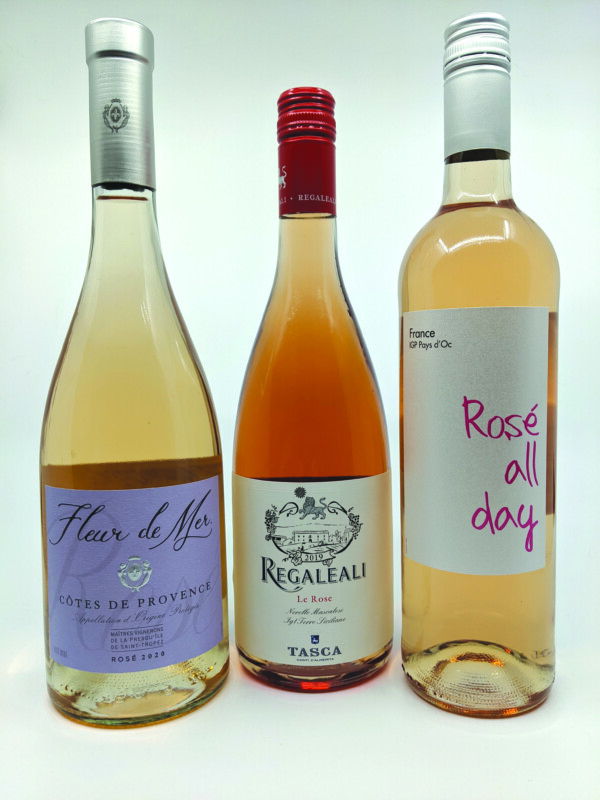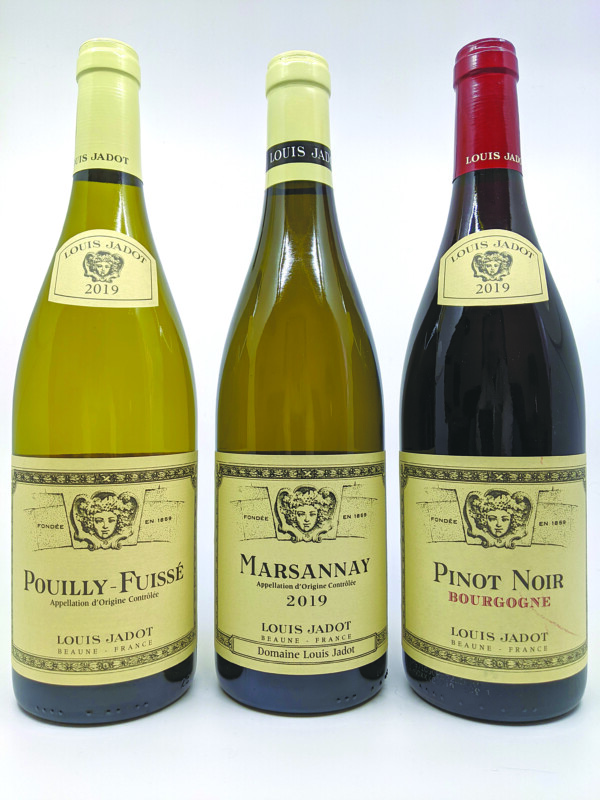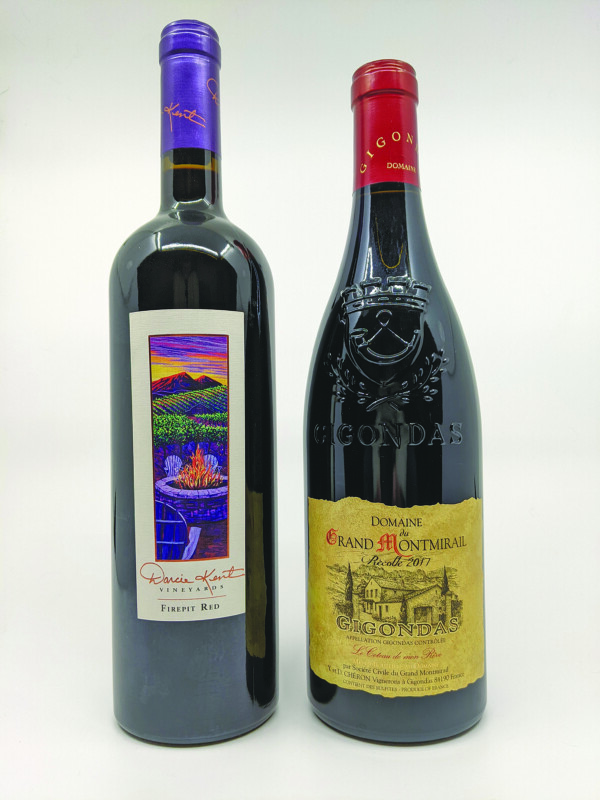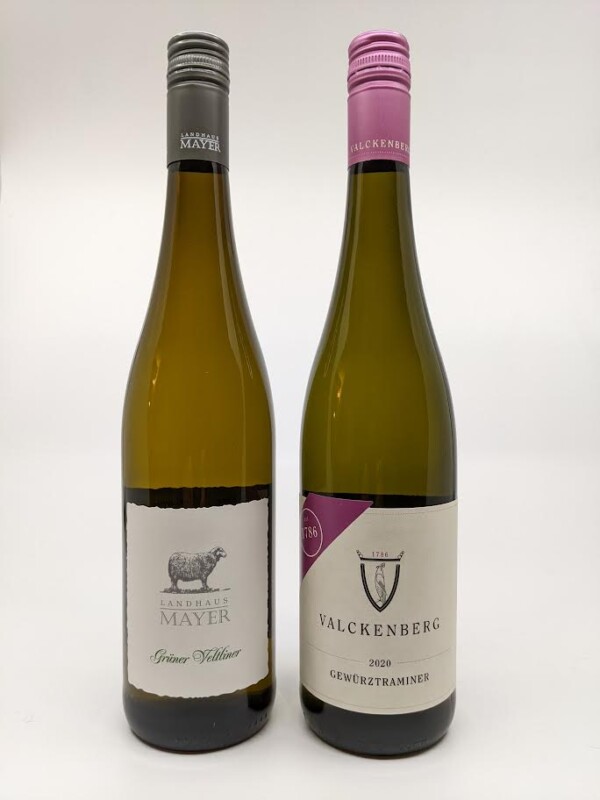A look at two reds from Napa Valley
This week’s wines are two exceptional reds, created from grapes grown in neighboring towns almost within sight of each other, in the Napa Valley Floor American Viticulture Area (AVA).
Our first wine comes from the Bespoke Collection Portfolio Wines based in Napa Valley, California. Wikipedia describes Bespoke as a “wine producer and lifestyle brand” whose wine labels are Blackbird Vineyards and Recuerdo Wines. Bespoke means custom-made or commissioned and in times past the word was used to describe hand-tailoring, especially in custom-made apparel. Now, it captures the sense that we want things to be made special for us and the label lends a certain cachet to the product.
The 2016 Blackbird Vineyards Arise Proprietary Red Wine (originally priced at $54.99, and reduced to $32.99 at the New Hampshire Liquor & Wine Outlets) is a blend that emulates the merlot-based wine blends of the Right Bank of the Dordogne River, Bordeaux. The wine is a blend of 55 percent merlot, 25 percent cabernet franc, 17 percent cabernet sauvignon and 3 percent petit verdot. Made from merlot grapes grown on a 10-acre estate in Oakville, on the Napa Valley floor, and enhanced by the other varietals, gathered from 20-plus lots from the Napa Valley Mountain tops, hillsides and bench lands, this limited production of only 236 barrels of equal parts of new and seasoned French oak has an abundance of rich fruit. The color is a deep garnet purple, the nose is rich black cherries and black raspberries, and plums with slight herbal notes. The nose carries through to a full palate and a long, long finish. Robert Parker awarded this bold wine with 92 points.
This is a California red blend, bolder, and thus emulating the Bordeaux blend. The vineyards profit from generations of expert vineyard management and precision agriculture, limiting grape yields for increased quality. Sustainable farming is employed, and indigenous yeasts start the fermentation process. The winemaking team selects two or more parcels of wine after sample trials blended to produce a consistently finished wine that highlights each unique varietal component. This wine becomes a “customized wine,” a “bespoke wine,” according to the winemaker’s website.
The Oakville-Rutherford area is renowned for its cabernet sauvignon and merlot single-varietal wines and blends.
Our next wine comes from Rutherford, also located on the Napa Valley floor, and immediately north of Oakville. The 2011 Sullivan Rutherford Estate Napa Valley Merlot (originally priced at $65 and reduced to $29.99 at the New Hampshire Liquor & Wine Outlets) consists of 100 percent merlot that also benefits from the gravelly-sandy loam and hot, dry summers of this stretch of wine country. The color is a deep purple that has just begun to go amber as it is 20 years old. To the nose and tongue, the fruit is heavy with plum and blackberry, along with some cocoa. The tannins have receded, owing in part to its age. This is an exquisite wine that is a true reflection of how beautiful a merlot can be, given proper attention to the grapes, the blending, and aging.
Sullivan Winery was established in 1972 when James O’Neil Sullivan, encouraged by his friend the legendary winemaker André Tchelistcheff, planted 22 acres to cabernet sauvignon and merlot. He built his home and winery on the estate and produced and sold wine until his death in 2005, leaving the home and winery to his children. In 2018 entrepreneur Juan Pablo Torres-Padilla saw the potential of Sullivan Rutherford Estate and purchased the property. This wine was produced before the property was sold, and the future of the estate remains bright as Torres-Padilla has assembled a world-class winery team that will continue to make history.
Featured photo. Courtesy.

